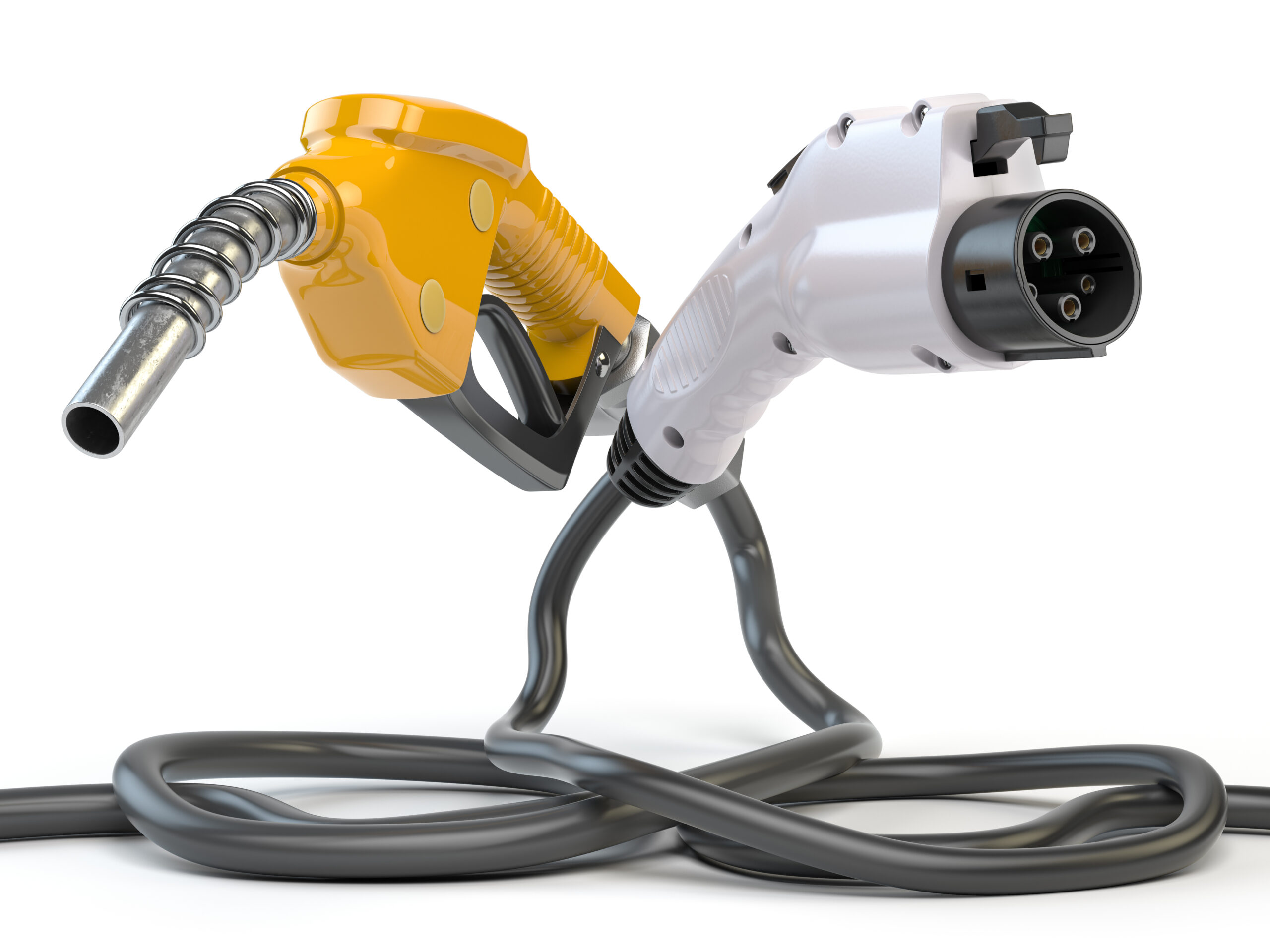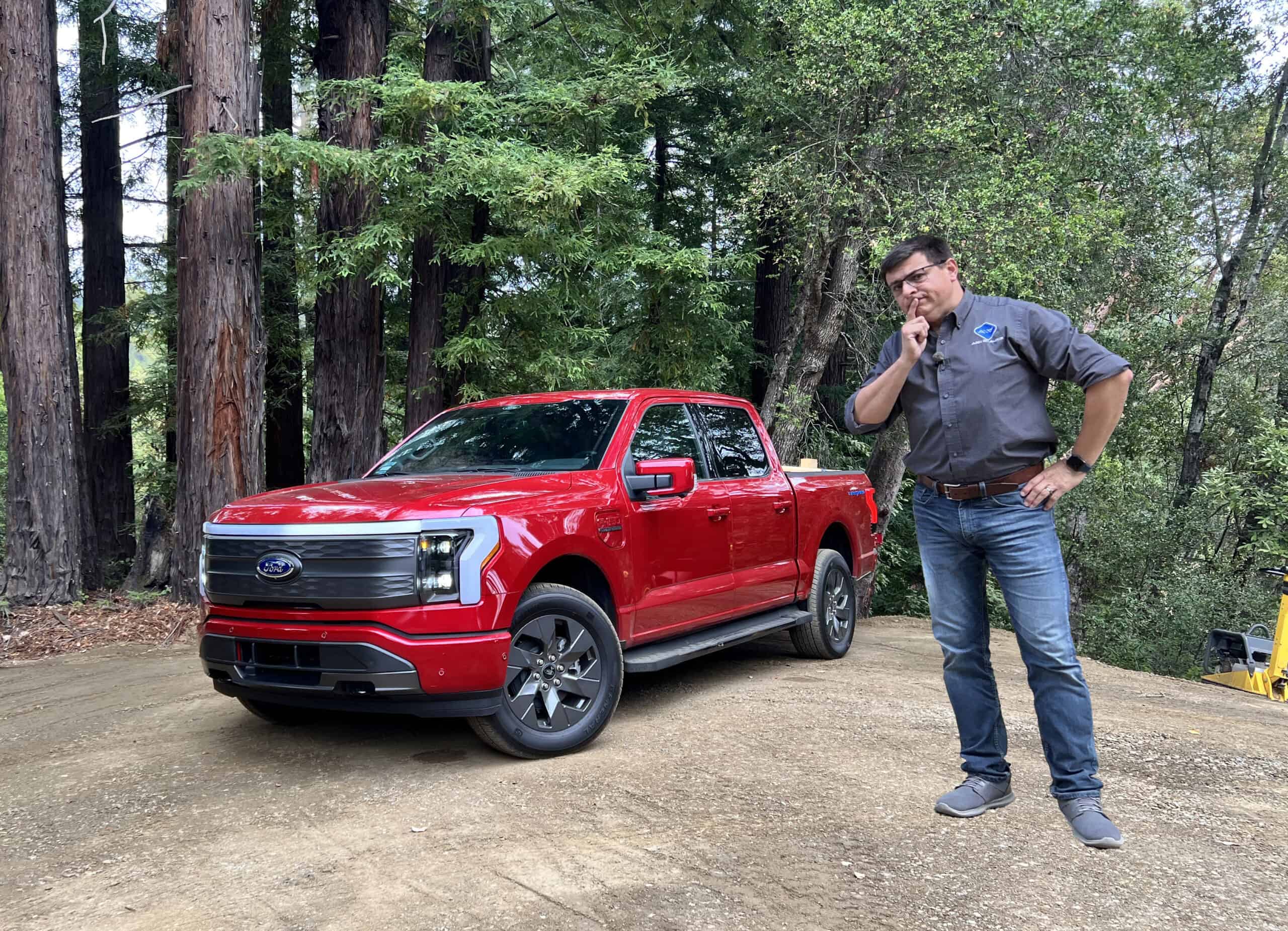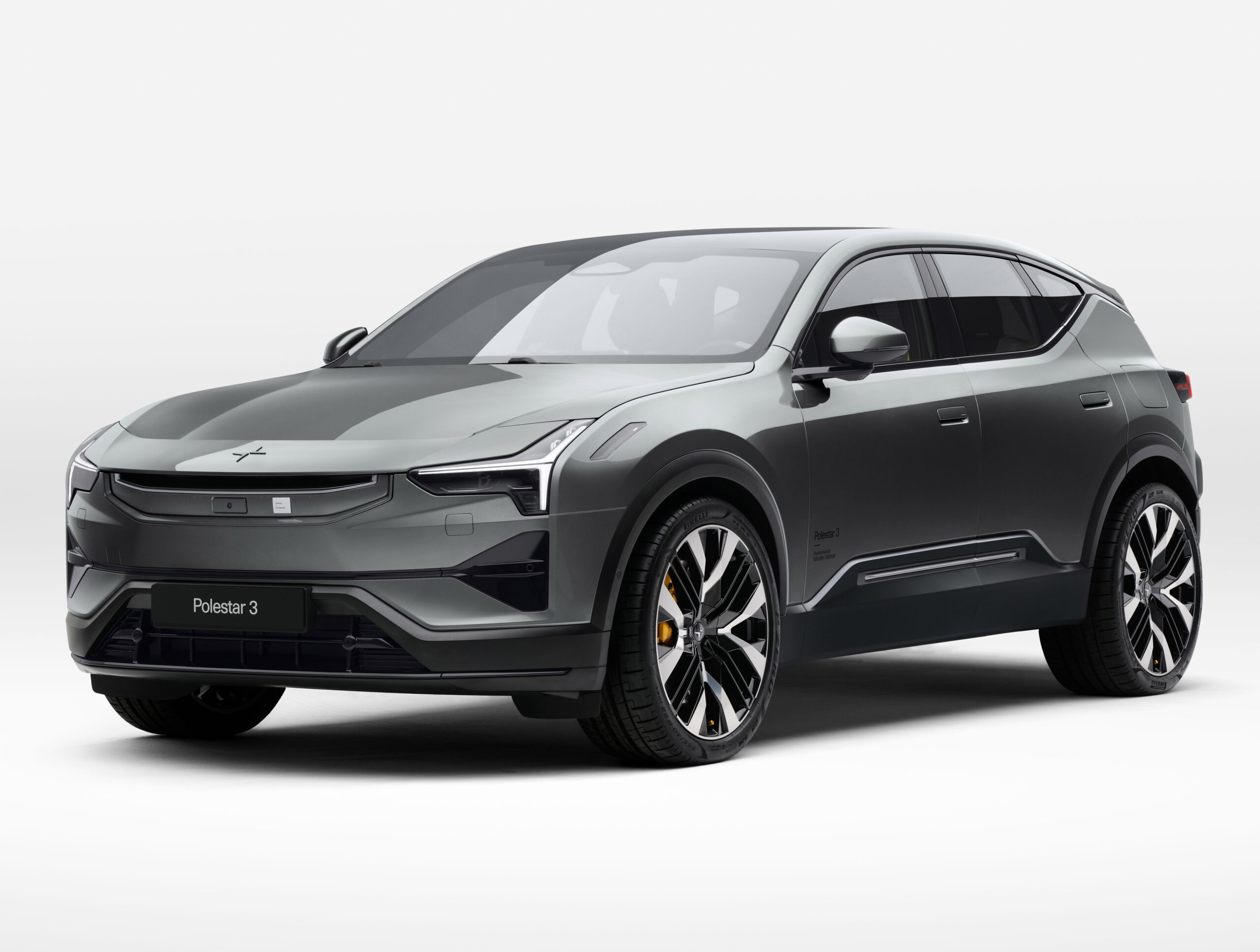


The way the tax credit rules are written, there are two $3,750 qualification categories. The first is a mineral sourcing requirement, the second is a battery manufacturing requirement. As a result of this change, the following vehicles only get $3,750.

The new Inflation Reduction Act shakes things up because in addition to trying to promote clean energy vehicles, the IRA also seeks to incentivise N. American production and materials sourcing. Another aim was to limit the tax credits to middle-income families and throw a bone to lower income families interested in a used EV. To this end the requirements will change yearly for a few years.
First up, starting 50% of battery components must be from N. America or the 20 countries the USA has a free trade agreement with. This includes of course NAFTA countries, but also critical countries like South Korea, Australia and several South American countries rich in minerals. (But not many are not currently producing the required materials.)
The calculation will be made by the value of the parts rather than weight, which is handy since it’ll include the structure of the battery pack in addition to the manufacture of the cells, wiring, and battery control chips. As far as the cells themselves, 40% of the minerals for the cells must be from the USA, or the 20 free trade countries. The tax credit will be split in half from 2023 onwards. You’ll get $3,750 if your battery meets the component requirements and an additional $3,750 for the minerals.
In 2023 the tax credit will still be just that, a tax credit. You’ll have to file for the credit on your 2023 tax filing, have at least a $7,500 tax liability to get the full credit, and have an adjusted gross income (AGI) under $150,000 filing single, $225,000 as head of household, or $300,000 for joint filers. The new vehicle credit is non-refundable, and cannot be rolled over from one tax year to the other. Only have a $500 federal tax liability? $500 is the value of the credit. Owe $7,500 or more? You’ll get the full credit.
Price caps will also apply with the Inflation Reduction Act. An EV sedan, coupe, or convertible has to be under $55,000 in order to qualify for the credit. Looking for a trucks, SUV or van? You get a bump up to $80,000. One odd twist: the income and price caps don’t adjust for inflation, so when this law sunsets in 2032, the price cap will still be $55,000 for cars and $80,000 for SUVs and the AGI caps will be the same.

2023 heralds the beginning of the long promised used EV credit, but the rules are even more stringent, so good luck finding a qualifying EV. And before you ask, the law makes sure that you can’t use this to buy your leased EV at the end of the lease.
Sadly the used credit won’t work with private party transactions, you’ll have to buy a vehicle from a dealer or a direct-to-consumer company like Tesla that sells their own used EVs. The price tag has to be under $25,000 and it won’t matter whether the EV qualified for the new car credit, so no need to worry about where your battery was made. You will however have to make sure the vehicle is 2 years old or older and has never received the used EV credit before.
The second owner, assuming the process is adhered to, will get a credit of $4,000 or 30% of the used EV’s value, whichever is smaller. The credit can be used as a point of sale discount to reduce the final sale price of the vehicle, or the buyer can chose to file for the credit at the end of the tax year.
EV shoppers will only be able to exercise this credit once every three years and reduced AGI caps apply. $75,000 for single filers, $112,500 for head of household, and $150,000 for couples.
The last thing to know about the used EV credit is that it is only available to individuals while as the new EV tax credit applies to business purchases as well.

Starting January 1, 2024, the new vehicle tax credit may be used as a point of sale discount, much like the used EV credit. This will apply to new vehicle purchases only, no leases (more on that in a bit). Unfortunately the IRS has yet to release guidance on exactly how this will work. Will eligibility be based on your prior year’s filed tax return? Or will you run the risk of needing to pay the point of sale discount back if your adjusted income ends up above the limits? We just don’t know yet.
Also starting in 2024, the percentage of battery components that must come from the USA or free trade countries bumps up to 60% by cost while mineral minimums rises to 50%.
Starting January 1, 2025 the battery component minimum stays at 60% but the mineral minimum rises to match at 60% as well. The biggest change in 2025 could spell big trouble for many current battery chemistries: key minerals can no longer be sourced from China. It’s not just China mind you, any countries “of special concern” as defined by the US State Department will be on the no-no list including Russia. Currently China is nearly the only source for graphite, a critical cathode material in most lithium batteries.
70% battery component / 70% mineral requirement.
80% battery component / 80% mineral requirement.
90% battery component / 80% mineral requirement.
100% battery component / 80% mineral requirement.
No changes until the law sunsets in 2032.
Thinking of leasing your new EV? You might be in luck! Why? Because lessees don’t get the federal tax credit, but the company leasing you the vehicle might.
Say what? Yep, it’s mind blowing I know, but repeat after me: **you** don’t get the federal tax credit.
Now to the detail, because as always, this is where the devil is lurking. When you lease a vehicle, the lessor (leasing company) is actually buying and titling the vehicle. Oddly enough, the Commercial Clean Vehicle Credit allows up to $7500 in clean vehicle credits for EVs under a GVWR of 14,000 lbs as long as the battery is over 7kWh.
Here’s what you need to know: Some leasing finance companies will take into account the possible credit and reduce your lease costs. However, not all captive finance companies will do this. Why? Because if the leasing company doesn’t have a tax liability, then a tax credit isn’t of any value to them. (Then there’s also profit/greed to contend with.) Captive finance arms of major automakers frequently report little in taxable earnings (and often post tax losses due to the myriad of tax shenanigans open to corporations). However some companies will pass along a tax credit, and here’s that list as of today.

There has been a great deal of hand wringing about the credit scheme in the Inflation Reduction Act excluding EVs built outside of N. America. While I agree that the legislation should have had a longer lead-up to the new requirements, I support incentivizing American manufacturing. Oddly, although there are a few EVs and PHEVs built in Canada and Mexico, the majority of new EV factory investment appears to be in the USA. Volvo, Kia, Hyundai, Genesis, BMW, Mercedes, Honda, Ford, GM, Stellantis (and others) have already announced major plans to invest in domestic EV manufacturing, even before the IRA passed.
The trickier parts of the IRA are the new battery requirements. The fact that battery components and minerals can be sourced from the US’s free-trade allies is important as countries like South Korea have a huge investment in battery manufacturing. Battery minerals? That’s tougher, but still workable given time. Can Australia become the next China for battery mineral mining? Only time will tell. The good news is that key allies of the USA are already in good positions as far as production capacity goes. The bad news is that currently most of the minerals mined elsewhere in the world go to China for processing and that won’t be allowed in 2025 anymore. Newer battery chemistries are starting to move away from reliance on cobalt and other minerals of concern, but graphite is still a key component and China is by far the largest supplier of graphite for battery anodes.



